Times & Sounds – Germany’s Journey from Jazz and Pop to Krautrock and Beyond by Jan Reetze
This book is a journey – a ride through the depths of Germany’s modern musical roots. There are many books on the topic of “Krautrock” – few were written by people who were really there and none is as comprehensive as ‘Times & Sounds’ by Jan Reetze. The bible for all fans of experimental music from Germany.
At the beginning of the 1970s, experimental and progressive music in Germany developed far from the mainstream. Although few initially noticed it, it is now internationally celebrated as a
cult phenomenon called “Krautrock”. Today, bands like Kraftwerk, Can, Amon Düül II, Neu!, Cluster, and Tangerine Dream are considered pioneers of groundbreaking sound experiments.
In order to understand the Krautrock era and its impact, it’s worth delving deeper into the history of German rock music and taking a closer look at the overall picture. ‘Times & Sounds’ offers a comprehensive insight into the mechanisms of post-war Germany’s music industry and sheds light upon its diverse musical styles, as well as their mutual influences and connections, which have received little attention until now.
“It might be useful to add a German voice, written by someone who was there when it happened.”
I was really surprised how well researched ‘Times & Sounds – Germany’s Journey from Jazz and Pop to Krautrock and Beyond’ is. What inspired you to write ‘Times & Sounds’?
Jan Reetze: There’s a pile of books about this topic written by English authors, but I always thought: It might be useful to add a German voice, written by someone who was there when it happened. And I thought: What needs to be done is to connect this developing German music scene with the social, political and economical conditions of Germany during all these years. And as nobody else did it, I thought: If I don’t do it, nobody will. So okay, let’s go!
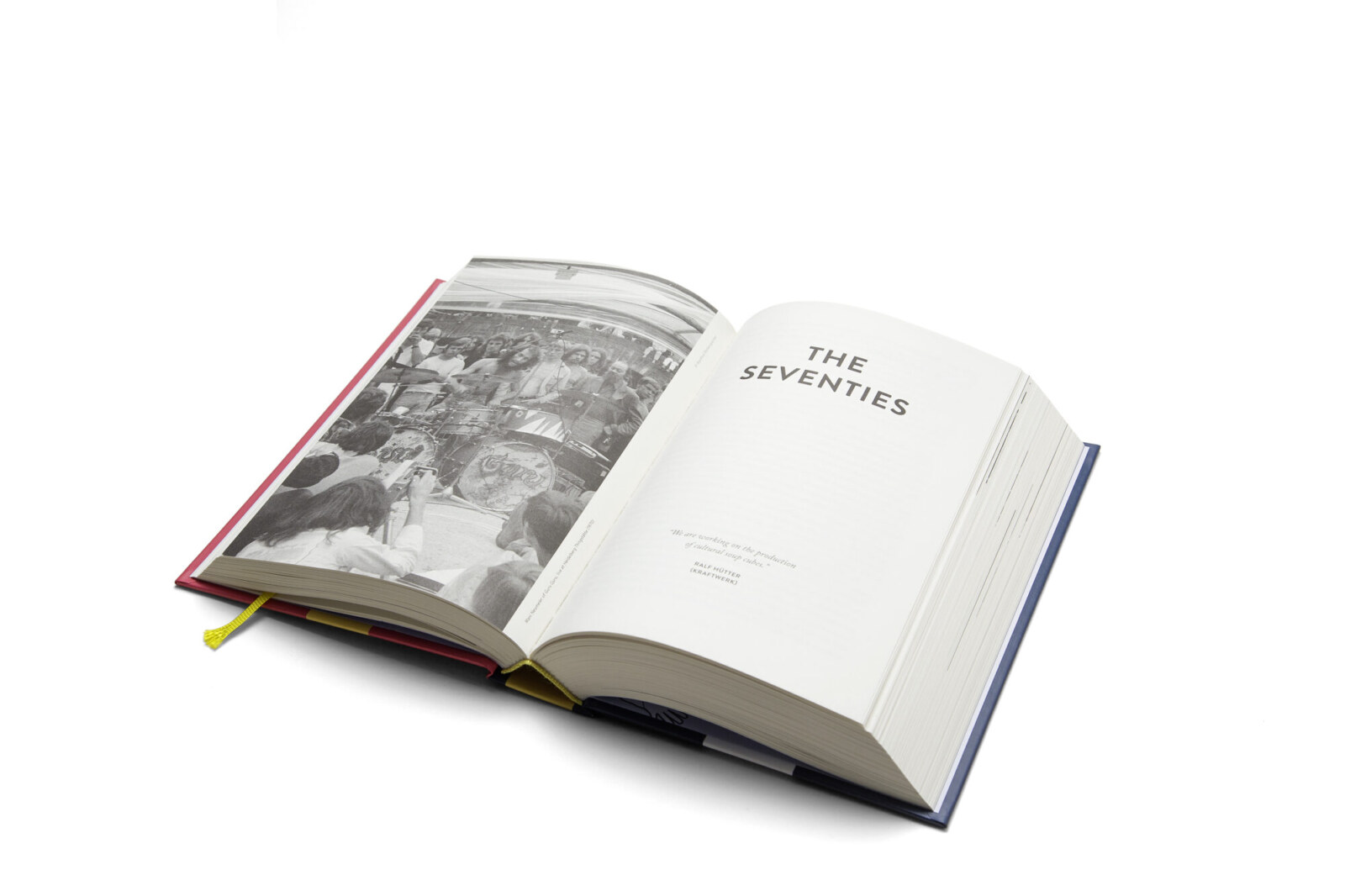
The book includes some of the chapters that really capture the essence of the times. I really enjoyed the stories of Amon Düül II, Can, Kraftwerk, Cluster, Neu!, as well as the in-depth Rolf-Ulrich Kaiser chapter. How difficult was it to gather all the information?
I own some running yards of literature, I have a well-sorted archive at my disposal, I know hundreds of records, I saw them live, and, plain simple, I remember a lot of things. I know the conditions these folks had to deal with, I could reach out to some of my earlier books and the research I did for them, and so I was able to connect the pieces. What I didn’t know, I asked. Most musicians are glad to answer questions about their life and work, they just want to be sure that at least you know their work. It turned out to be the bigger problem that several artists or other important people who were involved are deceased already. Then the archive research has to fill in the gaps.
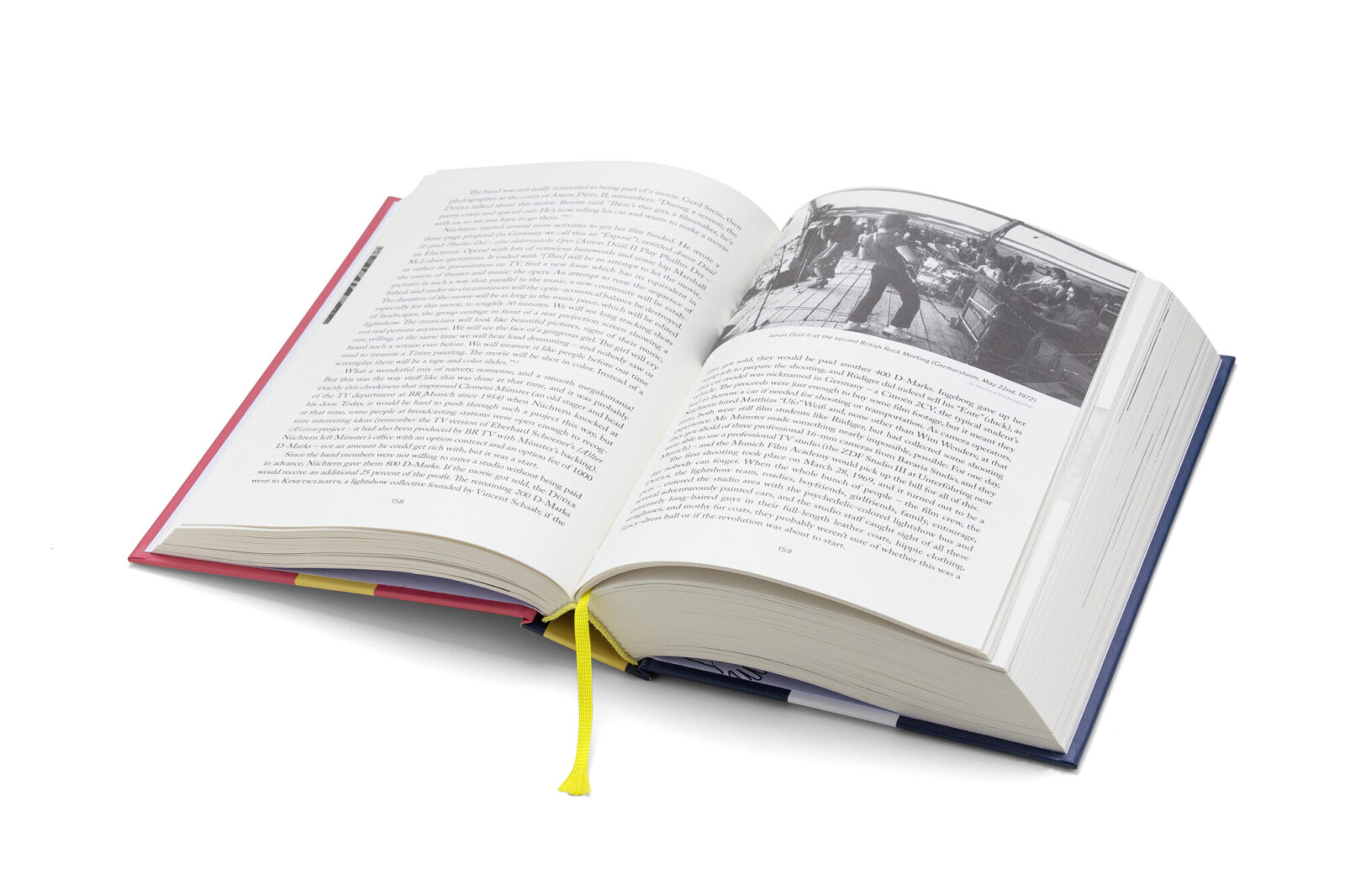
How long did it take to complete this massive project, from conception to publication?
That’s hard to say. The Rolf-Ulrich Kaiser story, which I see as a sort of core chapter, goes back to the early 1990s already, originally it was a script for a radio feature, but the radio station finally rejected it. So I had it in the drawer for several years. I had to update it and correct some flaws. And then I thought: What was I doing in the 1970s and 1980s? These two platforms started the process that finally mushroomed into this book. The final push came up when I found a publisher for this project. It took another year to finish the script, the editor had to proofread it, the publisher had to prepare the layout, printing and so on. So, all in all, it might have been five or six years, intermittently.
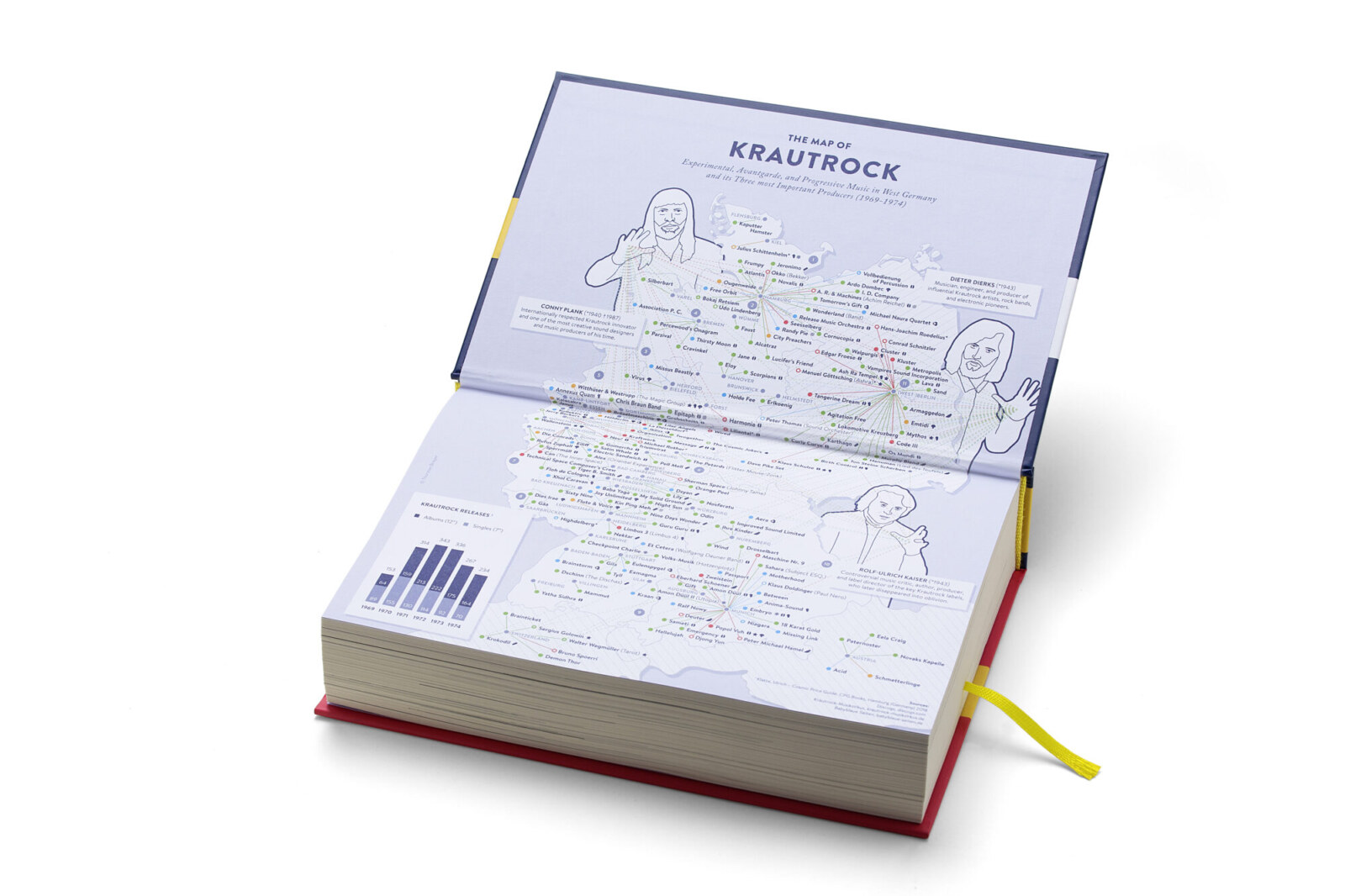
“I even had the chance to have a little chat with Karlheinz Stockhausen on the phone, many years ago.”
Have you been contacted by any of the artists you discuss or whose albums are included?
I was in touch with some of them, like Hans-Joachim Roedelius, Eberhard Schoener, Walter Westrupp, Holger Czukay, Michael Rother, Karl Bartos and some more. I still remember Oskar Sala who was such an inspiring person! I even had the chance to have a little chat with Karlheinz Stockhausen on the phone, many years ago. As said, most artists are open to discuss their work and their experiences. Some others are not – well, that’s something you have to live with.
What are some essential milestones albums from that period of time and place, in your opinion?
For a start and a small budget, I would name albums of Kraftwerk, Can, Amon Düül II, Tangerine Dream, Klaus Schulze, Ashra, Cluster, Harmonia, Neu!, Michael Rother, Eberhard Schoener … I could go on for long. Today it’s easy to listen to these bands and artists via YouTube or Spotify, you are not forced to spend a lot of money for records you might not like in the end, as we had to …
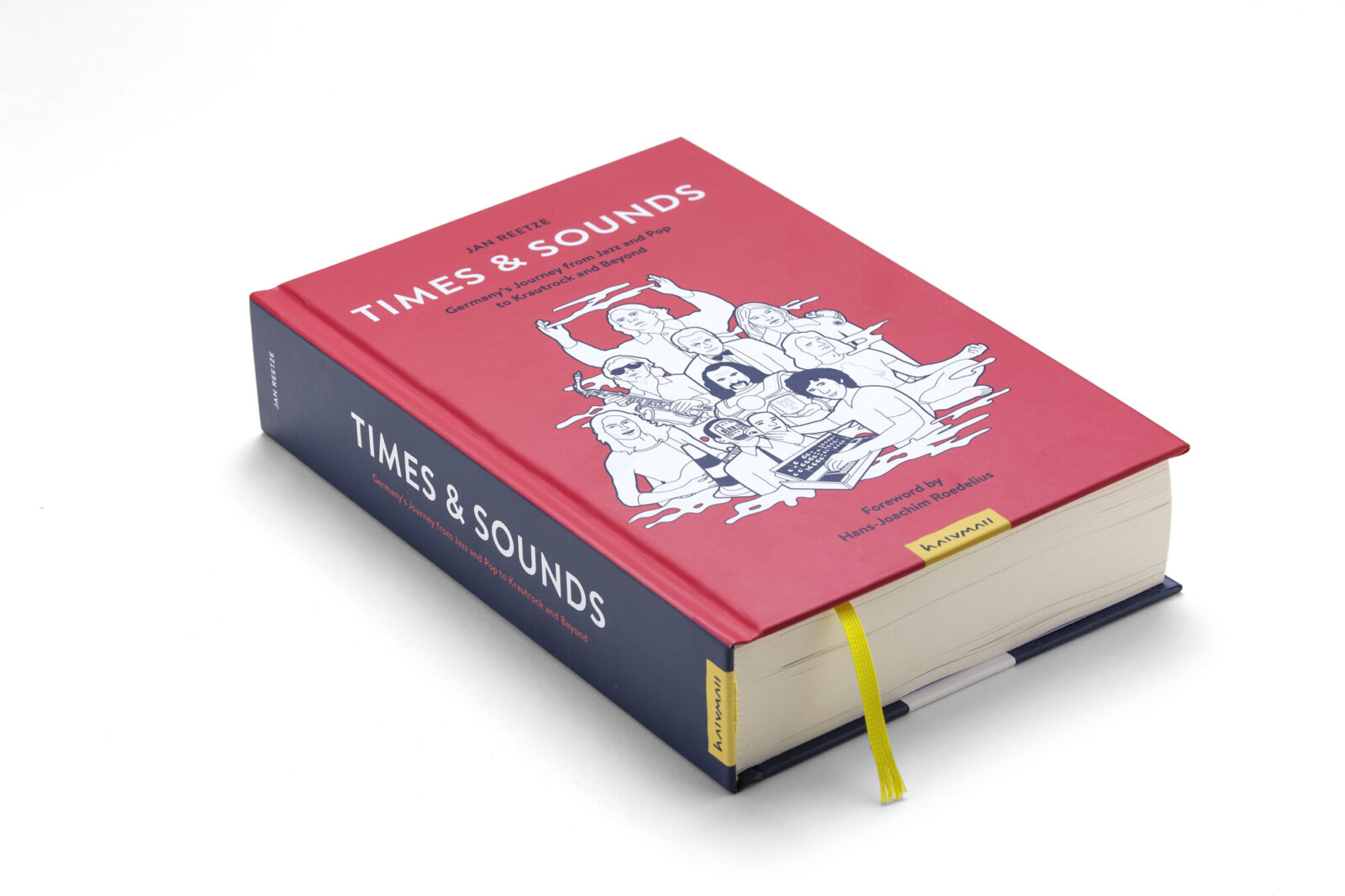
Is there anything we have not addressed that readers should be made aware of?
I know there are some bands and artists that should have gotten some more attention in my book. But it doesn’t help, even 500 pages are not enough to cover them all — sorry, folks!

Thank you for taking your time. Last word is yours.
Keep the spirit alive. And don’t forget: Life is too short to waste it for bad music! Jan Reetze
Klemen Breznikar
Halvmall Official Website / Facebook / Instagram

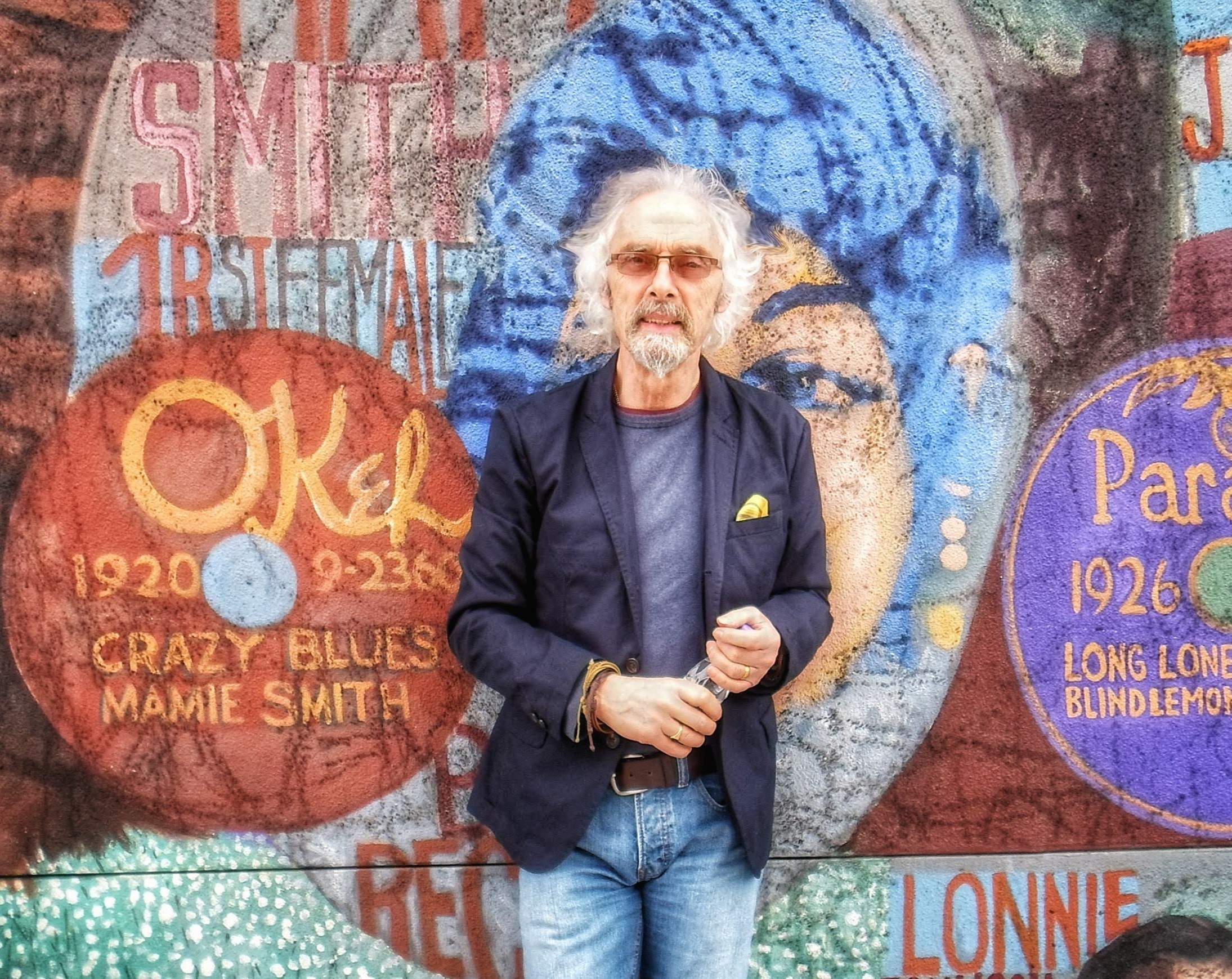


Nice to see another book on the fabled and still underrated German Rock scene.